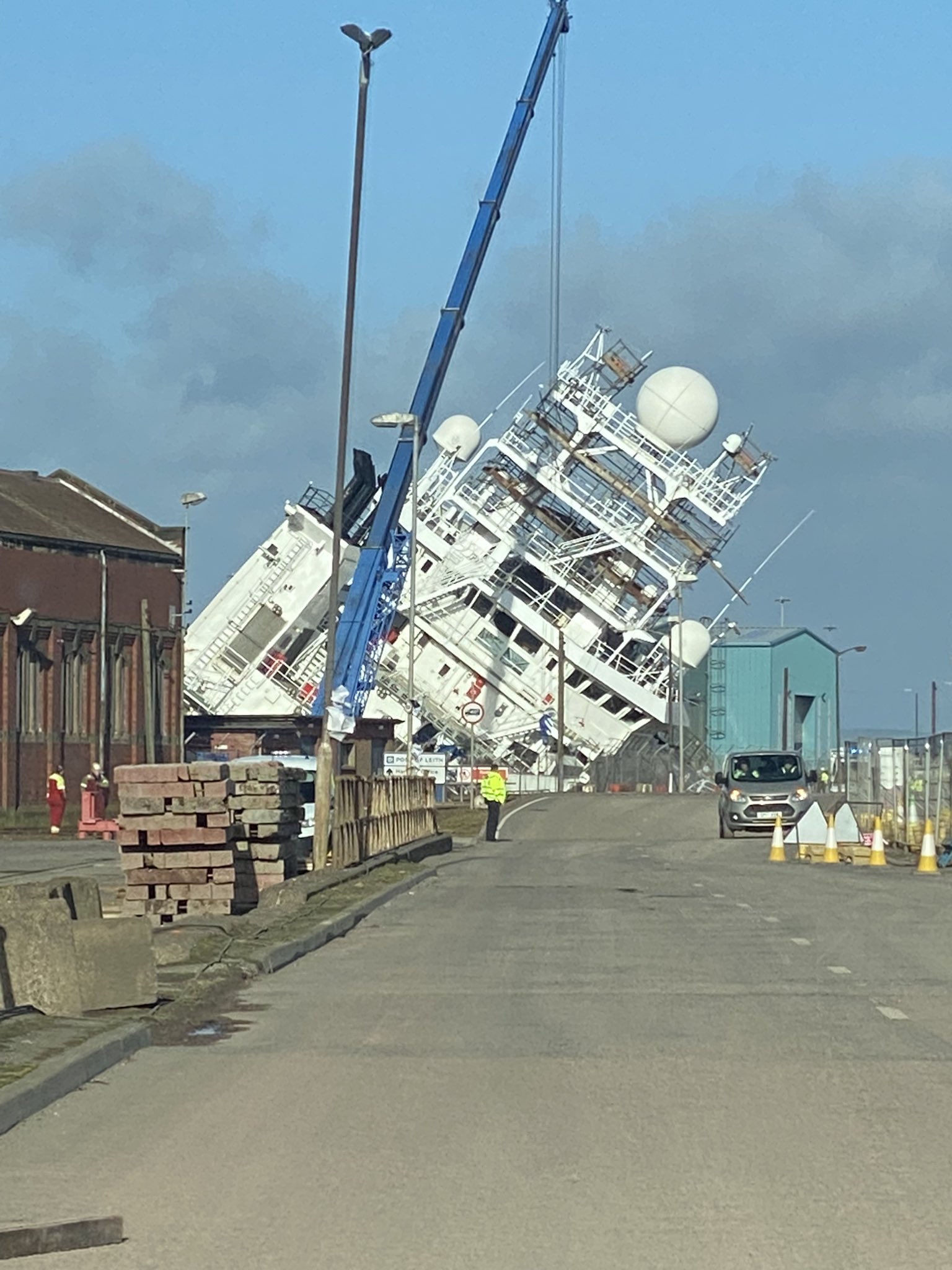
Research Ship that Found Famous WWII Wrecks Damaged in Scotland Dry Dock, Several Injured
A Navy research vessel tipped over while in dry dock in Edinburgh Wednesday, according to local reports.…
Copyright 2024 U.S. Naval Institute. All Rights Reserved.